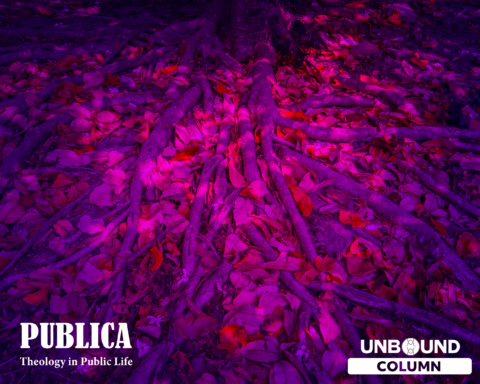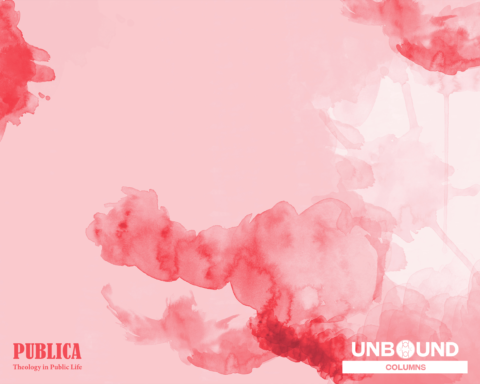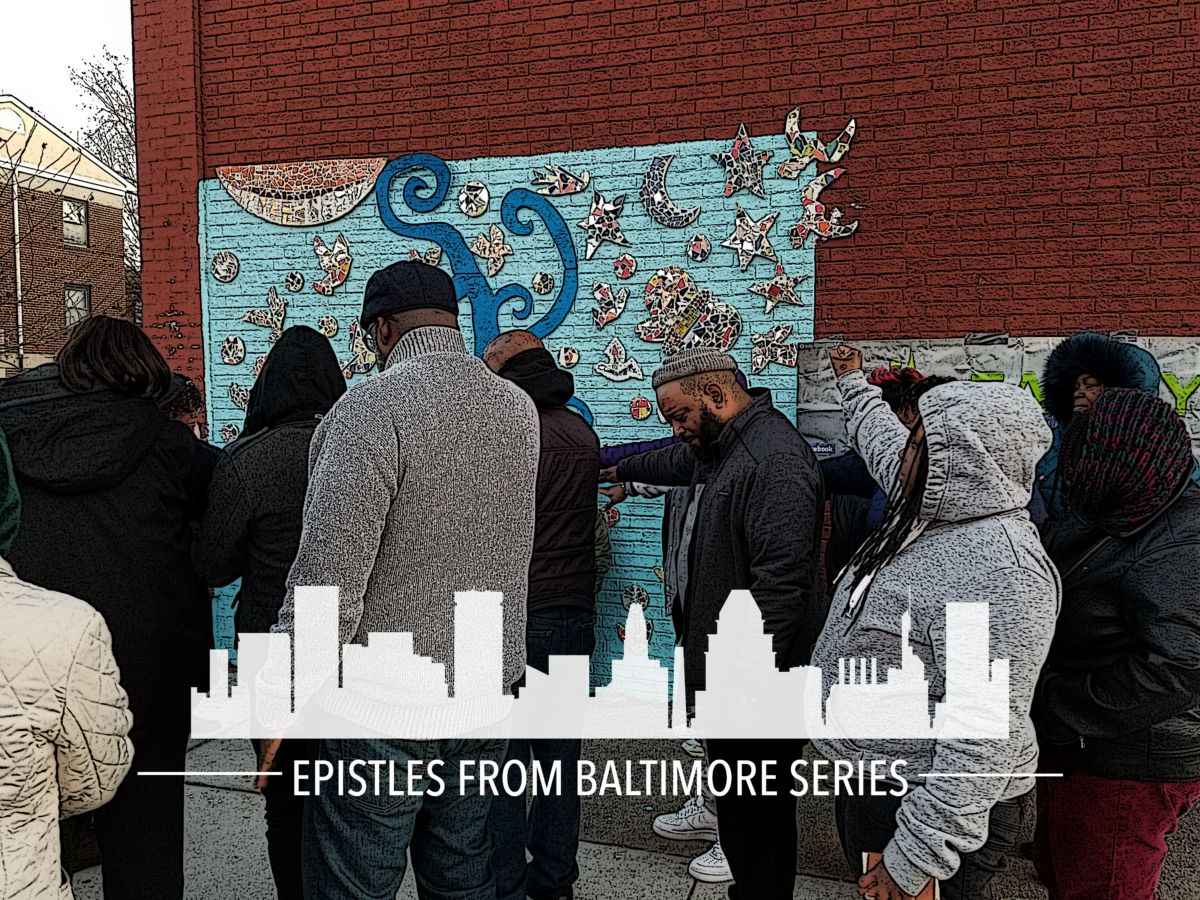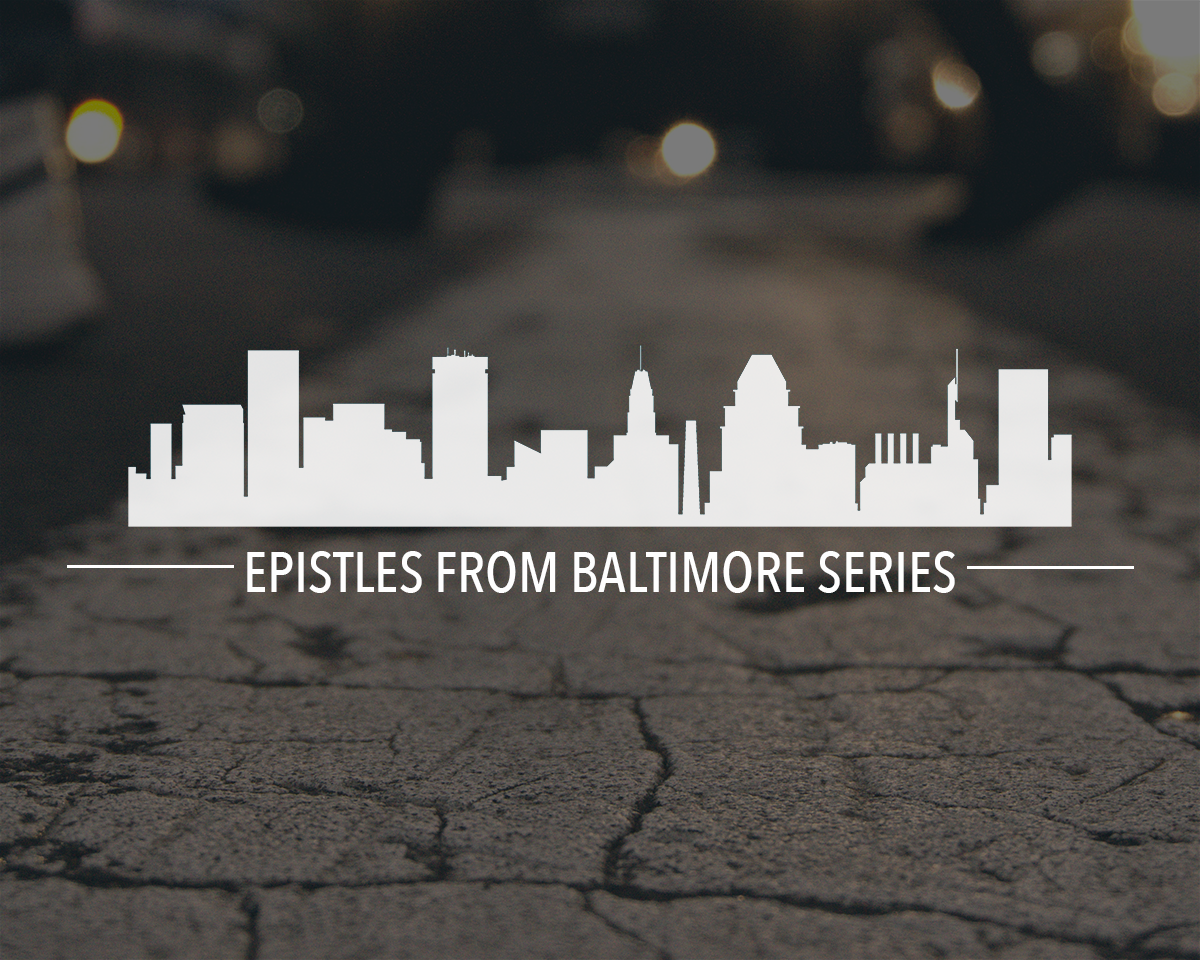In light of the recent Supreme Court Decision that prevented the Trump administration from revoking the Deferred Action for Childhood Arrival (DACA) policy due to failure to provide adequate justification, immigration is back on the top of everyone’s mind. Questions of the border particularly the US Southern Border have come into sharper focus. Moreover, as we enter another intense season, it is clear that President Trump will aim to use immigration and the Southern Border as another wedge issue to encourage voters to support his re-election. This paper reflects on the United States’ southern border and ponders its symbology and proposes a re-examination of how Christians should view the border in light of the gospel.
The border has unique symbolism and conjures thoughts of protection, filtration, separation, or insulation from danger. Borders are a critical part of the functional integrity of a country and allow for governments to track commerce, register individuals, and provide a line in the sand for defense. These edges offer a first boundary upon which the country is established and to which individuals are considered residents and citizens and receive inherent benefits. Throughout the history of the United States, the border has been in flux – enlarged through purchases, wars, and invasion.
Unfortunately, much of the debate around the border and immigration has been overly simplified, for far too long. From the its four boundaries, the country has chosen its southern border as the primary threat. The US focuses on the 1,954-mile southern border with Mexico with little attention paid to the 5,525-mile border to the north with Canada and minimal attention in the press or public regarding the Pacific or Atlantic Coast borders.
With the election of Donald Trump as President of the United States in 2016, there has been a renewed scrutiny of the Southern Border after he promised that he would “build a great wall on our southern border, and I’ll have Mexico pay for that wall.” In the intervening years, it is clear that Mexico is not paying for the construction of a wall on the southern border, and the building has been slow.
Historical Context of the Border
The southern border has changed from the times of the colonies through expanding territory under the auspices of Manifest Destiny, with the contemporary edge established in 1853. Over the intervening years, the regulation to cross the border has changed. People living on the border in areas such as Texas often say, “we didn’t cross the border. The border crossed us.” Families who were never planning to be in the United States became part of the country because of the border change in the 19th century. However, migration to the US has also been, in large part, motivated by the need for labor in the growing US economy, especially in the agricultural and low-skill sectors.
At the start of the Second World War, the US started the “Braceros” program that provided legal migration for farmworkers up until the 1960s. This program allowed farmers to migrate to the US during the planting and harvest and then return home to live with their families. Today, similar applications exist, such as the H-2A Temporary Agricultural Workers visa; however, there is a desire for jobs from people south of the border and the need for labor in the US. Thus, one of the significant drivers for migrants is for improved economic opportunity compared to stagnant growth and opportunity in one’s home country. Individuals risk their lives to cross the border without proper documentation in isolated desert locations to work at jobs for half the pay, no health coverage, and toxic chemicals and pesticide exposure in positions that most US citizens do not want. The national narrative does not focus on industrious migrants looking for improved opportunities at life, but primarily narrows on the cases of violence or criminal activity perpetrated by immigrants which have given rise to a desire of greater border security.
Historically, walls were built for protection and to signify to the inhabitants that they were protected. However, the US government is building walls in an era when they are primarily being destroyed and torn down. In fact, during the 1980s, the US President Reagan chided the Soviets to tear down the Berlin Wall for impinging upon freedoms. The argument currently used for the construction of the wall is based on the need to respect the current laws of the land and preservation of the already prevailing cultural norms.
Theological Response
President Trump realizes that religiosity is crucial to his sustained political power, and through tweets and staged photos caters to this part of the electorate. Concerning the building of border walls, there is not one strict interpretation of Christian scripture or from Christian ethicists and scholars of the past.
Jesus taught his disciples in Mark 12:31, “You shall love your neighbor as yourself. There is no other commandment greater than these.” The emphasis that Jesus places on the importance of the right relationship with the neighbor is clear. In the parable of the Good Samaritan, Jesus helps provide further context to the call of neighborly love by confirming that the right neighbor is the one that showed mercy. How can we say we love our neighbor if we are building a dividing wall between ourselves and them?
What country can have confidence in the relationship with another country that aims to build the longest wall on the continent to prevent entrance or intentionally select who is in and who is out? If the border is the limit or filter, we are showing that not every human being is equal or has intrinsic value; and it is contradictory to a Christian view of creation in which all humans were made in God’s image.
However, with the construction of borders and harsh regulations, individuals from other countries are dehumanized, treated only as disposable parts of the economy, and valued only for harvesting crops. Though this may be an economic argument for such border protections, it does not square with a Christian understanding of our relationship with our neighbor as described above. Ethicist, Luke Bretherton of Duke Divinity School proposes viewing the border with countries as equivalent to a face. In his philosophical construction:
“Borders are a means of framing and structuring this relationship and orientating a nation to the rest of the world in a way that presents an enquiring, confident, hospitable face rather than either a closed, insular, hostile face turning away from the relationship with the poor and vulnerable or a hopeless…”
If we embrace the construct of the face, it leads to the question: what face do we show our neighbors to the south through building a high-tech wall and militarizing the southern border?
Building oppressive militarized borders would not be comprehensible with an understanding of a loving God of all creation and the sanctity of all life. Borders are already delimited, but building a physical wall is a step towards not only aggression but of separation and is contradictory to the message of the Gospels.
The United States is known to many neighbors in the south, not for liberal democratic values, but as an oppressive empire that protects corporate interests and dictators. The US has intervened in Latin American countries over 35 times, and unfortunately, construction of a militarized border wall goes further to cement the concept of a nasty neighbor.
We need to re-conceptualize our idea of borders in this country. Using the framework of Bretherton’s idea of borders as a face, I think that the United States can better serve its citizens and neighbors as a positive force in the continent. The southern border should be a symbol of unity with our neighbors and not one of division.

Social psychologist and contextual theologian, Yenny Delgado (she/her/ Ella) writes about the intersectionality between politics, faith, and resistance. The column Publica is an ongoing dialog to encourage thought on the voices of the marginalized people who struggle for greater diversity in all aspects of society.






Unbound Social